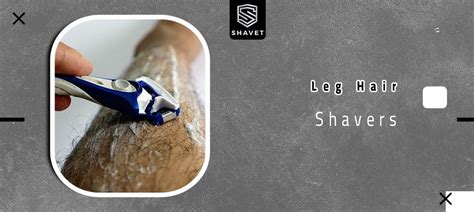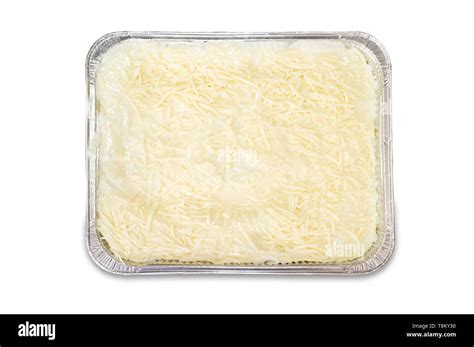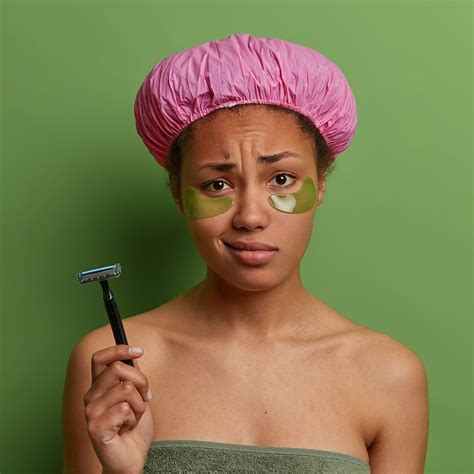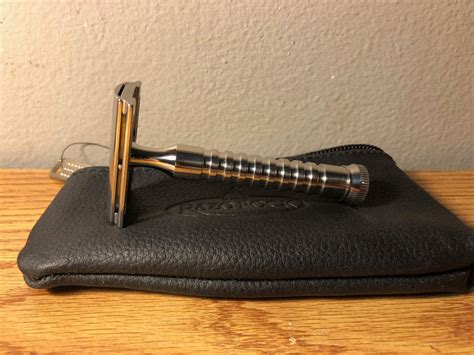Achieve a smooth, irritation-free shave: What’s the optimal routine?

For many, shaving is a daily ritual, yet for countless individuals, it’s often accompanied by frustrating issues like razor burn, ingrown hairs, and general skin irritation. The good news is that achieving that coveted barber-shop smooth finish without the redness and discomfort isn’t a pipe dream. It boils down to understanding and implementing an optimal shaving routine that respects your skin and hair. Let’s explore the step-by-step process to transform your shave from a chore into a comforting and effective experience.
1. The All-Important Pre-Shave Preparation
Never underestimate the power of a good pre-shave routine. This initial stage is crucial for softening your beard hair, opening your pores, and preparing your skin for the blade. Start by washing your face with warm water and a gentle cleanser. The warm water helps to relax your skin and lift the hair follicles, making them easier to cut. Consider a mild exfoliant 2-3 times a week to remove dead skin cells and prevent ingrown hairs, but avoid it immediately before shaving if your skin is sensitive.

For an extra layer of protection, especially if you have sensitive skin or a coarse beard, apply a pre-shave oil. This creates a slick barrier between your skin and the razor, further reducing friction and potential irritation.
2. Mastering the Lather: Your Shaving Cream or Soap
Choosing the right shaving cream, soap, or gel is pivotal. Opt for high-quality products that generate a rich, dense lather. A good lather provides lubrication, helps the razor glide effortlessly, and holds the hair upright, making it easier to cut cleanly. Apply your chosen product generously using a shaving brush – preferably badger or synthetic – in circular motions. A brush not only helps create a superior lather but also gently exfoliates the skin and lifts the beard hair.

3. The Shaving Technique: Blade, Angle, and Direction
This is where the magic (or mayhem) happens. Your choice of razor, its sharpness, and your technique are paramount.
- Sharp Blade is Key: Always use a sharp, clean blade. A dull blade tugs at your hair, leading to irritation and ingrown hairs. Change cartridge blades every 5-7 shaves, or sooner if you feel resistance. For safety razors, a fresh blade for each shave is ideal.
- Shave with the Grain: For your first pass, always shave with the grain (in the direction your hair grows). This minimizes irritation. If you need a closer shave, you can do a second pass across the grain or, for an even closer result, carefully against the grain, but only if your skin can tolerate it without irritation.
- Light Pressure and Short Strokes: Let the weight of the razor do the work. Apply minimal pressure. Use short, controlled strokes (about 1-2 inches), rinsing the blade frequently under warm water to clear away hair and cream.
- Stretch Your Skin: Gently stretch your skin taut with your free hand in trickier areas to create a flat surface for the razor.

4. Essential Post-Shave Care
Your shave isn’t complete until you’ve properly cared for your skin afterward. This step helps soothe, hydrate, and protect your freshly shaven face.
- Rinse with Cold Water: After your final pass, rinse your face thoroughly with cool or cold water. This helps to close your pores and refresh your skin.
- Pat Dry, Don’t Rub: Gently pat your face dry with a clean, soft towel. Rubbing can irritate sensitive skin.
- Apply Aftershave Balm or Moisturizer: Finish with a soothing, alcohol-free aftershave balm or a good quality moisturizer. This will hydrate your skin, calm any redness, and help prevent dryness and razor burn. Look for ingredients like aloe vera, witch hazel, or glycerin.

5. Ongoing Maintenance and Troubleshooting
Consistency and awareness are key to maintaining an irritation-free shave. Always store your razor in a clean, dry place to prevent bacterial growth and rusting. Consider investing in a razor stand. If you regularly experience ingrown hairs, exfoliating regularly and using a razor specifically designed for sensitive skin might help. Pay attention to how your skin reacts to different products and techniques, and adjust accordingly.

Achieving a smooth, irritation-free shave is an art that can be mastered with practice and the right routine. By dedicating time to proper preparation, using quality products and tools, perfecting your technique, and committing to post-shave care, you can transform your daily shave into a comfortable and satisfying experience, leaving you with skin that feels as good as it looks.








